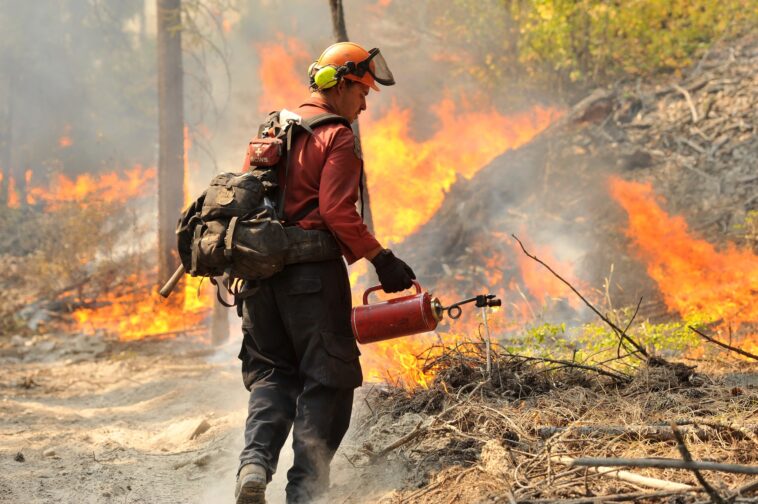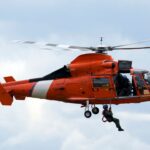The rainy season might have officially arrived in BC, but experts say we are not out of the woods quite yet when it comes to wildfires.
“There is still the potential for new fires to pop up, and that is the result of the drought conditions.”
Erica Berg, a BC Wildfire information officer
So far, 2023 has been the most destructive and expensive wildfire season in BC’s history, with a total of 2227 fires that have burned across nearly 3 million hectares of land and claimed the lives of two firefighters.
Officials are warning that even though the blaze threat has decreased with the cool and damp weather, it is still very much active as almost 300 fires continue to burn throughout the province.
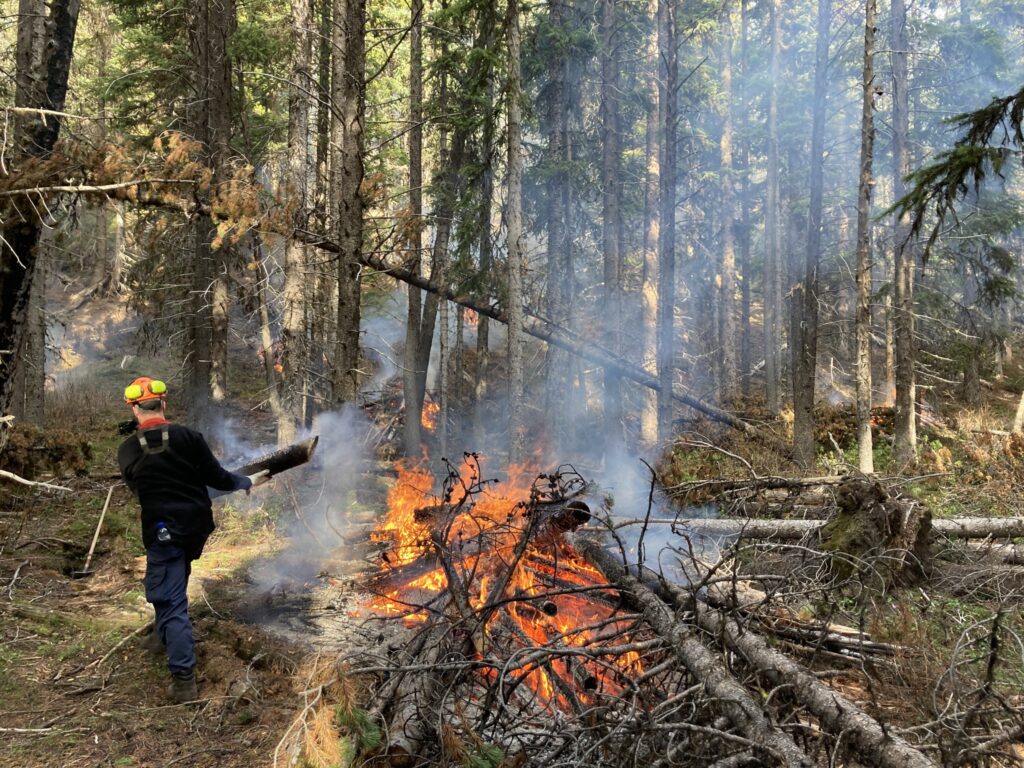
“Areas that were previously impacted by wildfires still have an environmental risk.”
Erica Berg, a BC Wildfire information officer
“There is still the potential for new fires to pop up, and that is the result of the drought conditions,” Erica Berg, a BC Wildfire information officer, told My Cowichan Valley Now, speaking to the drought levels of several BC water basins. The majority of BC’s water basins are still at Drought Level 4 or 5 – Level 5 being the maximum, meaning “adverse impacts on both communities and ecosystems are almost certain.”
BC Wildfire Service is also lifting open burning bans, but they warn that everyone should remain cautious. “Areas that were previously impacted by wildfires still have an environmental risk,” Berg said to My Cowichan Valley Now. “Landscape could be less stable with loose soil and fallen trees, so we are asking everyone to be careful in those areas.”
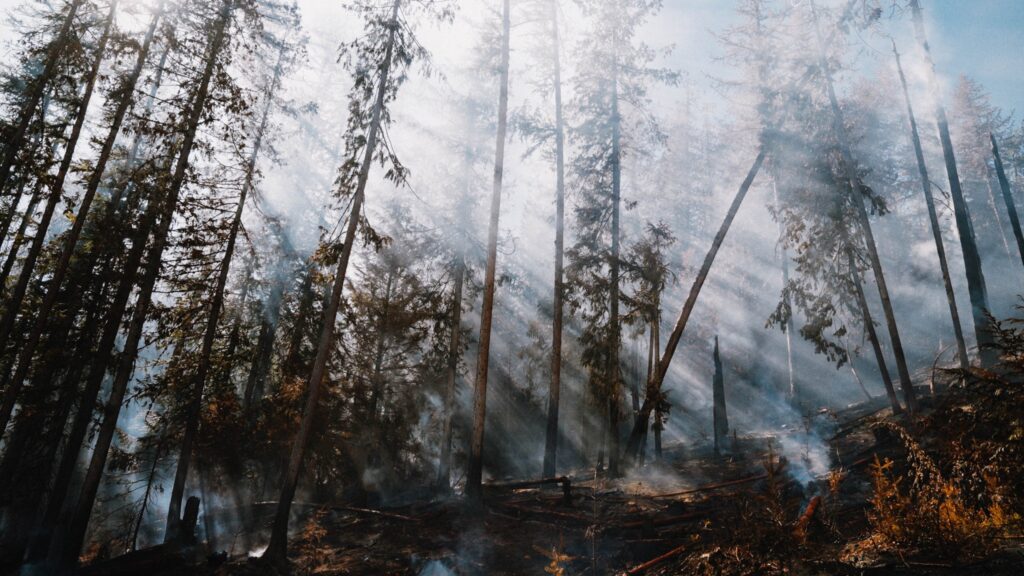
Fires like the Mount Wartenbe fire in the Peace River Regional District are still being contained, but there was some good news for those living in nearby Chetwynd. The standing evacuation order was cancelled as of October 16th, allowing residents to return home.
Wildfire relief for communities
Given the remarkable wildfire year, many relief efforts came together to raise funds for communities affected by the blazes.
Two credit unions have made a significant contribution – Interior Savings and Gulf & Fraser initially said they would match donations for up to $10,000 each to support wildfire recovery. The campaign raised a total of $67,238 – $47,238 from the wider public and $20,000 from each credit union. Both credit unions have since pledged an additional $50,000 to help with the rebuilding efforts once the fires are extinguished.
“We couldn’t be happier with the result. Not only did the community rise to the challenge, they exceeded our expectations, proving once again we’re stronger when we work together.”
Brain Harris, Interior Savings CEO
The money will be put towards United Way BC’s United for BC Wildfire Recovery Fund to “support a variety of programs and essential supports that are critical to BC residents as they recover emotionally and physically from the devastation of wildfires,” including food, supplies and mental health resources for fire-impacted communities.
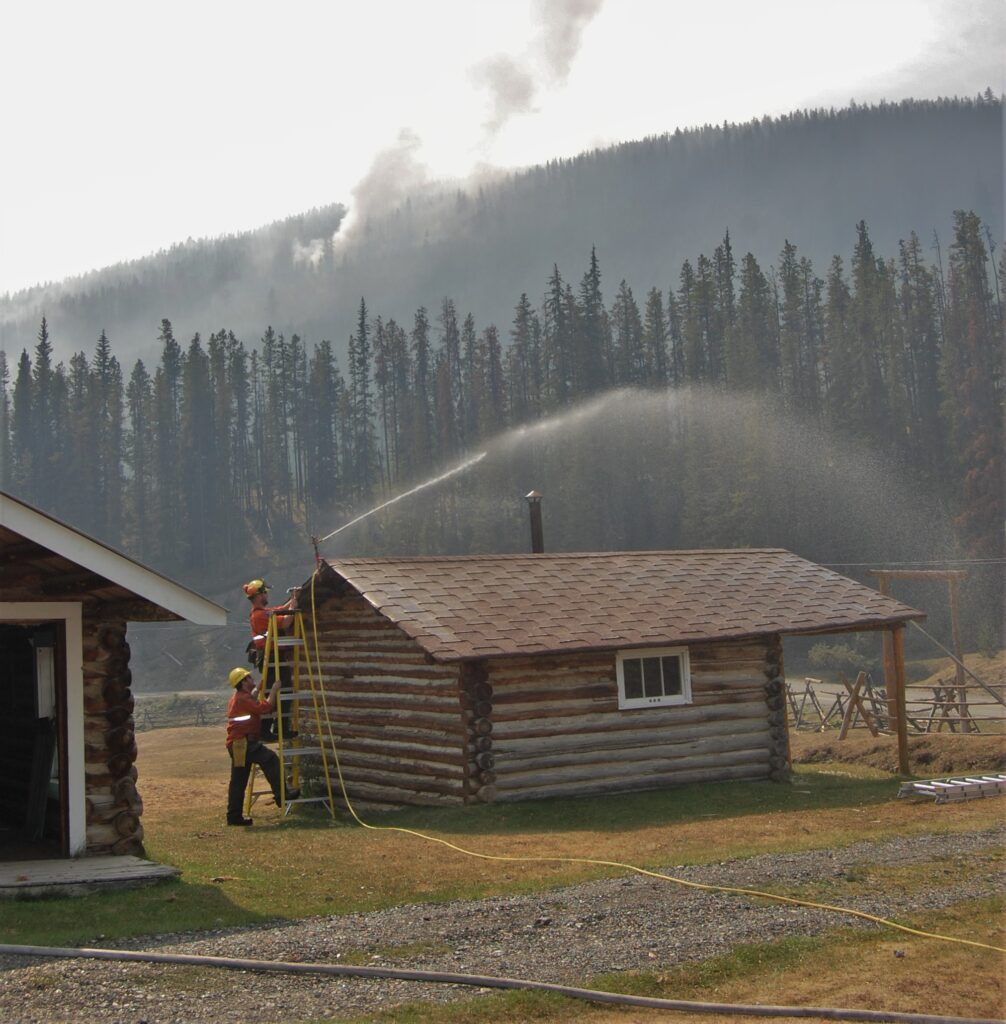
“When we announced that donations for the campaign would be matched, we hoped to inspire people to support the cause and maximize our pledge,” Interior Savings CEO Brian Harris said in a press release. “We couldn’t be happier with the result. Not only did the community rise to the challenge, they exceeded our expectations, proving once again we’re stronger when we work together.”
“Cooperation and concern for community are two key principles of credit unions around the world,” said Bill Kiss and Jeff Shewfelt, Co-CEOs of Gulf & Fraser.
What happens next year?
As climate change worsens and extreme weather events become more common, forestry watchdogs are already calling for new measures to prepare BC for next year’s wildfire season.
“The urgency is really unfortunate. The numbers this year are devastating. The casualties, loss of life is horrific,” Keith Atkinson, chair of the Forest Practices Board, said in an interview with CBC News.
“We need the BC government, jointly with First Nations, to lead the development of a vision and action plan that will align provincial priorities and actions to restore landscape resilience and coexistence with fire.”
Keith Atkinson, chair of the Forest Practices Board
Earlier this summer, the BC Forest Practices Board released a dramatic and hard-hitting report.
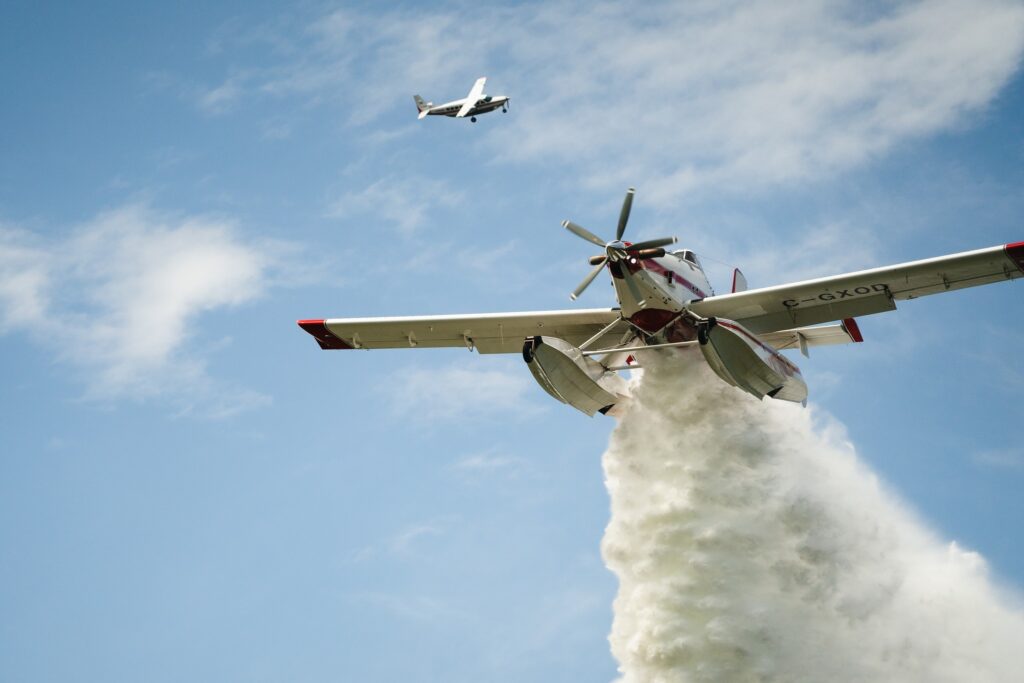
“We can’t afford to continue the status quo,” Atkinson said at the time. “We need the BC government, jointly with First Nations, to lead the development of a vision and action plan that will align provincial priorities and actions to restore landscape resilience and coexistence with fire.”
“The payoff will be a reduced risk of catastrophic wildfire and a more resilient landscape for future generations.”
Keith Atkinson, chair of the Forest Practices Board
The report estimated that 45% of the province is at extreme risk of forest fires and called for a new strategy in landscape fire management. It advocated for “forest-fuel reduction strategies, such as creating fuel breaks, increasing the diversity of tree species, densities, and ages, and the use of cultural and prescribed burning.” The Forest Board argued that these measures support an adaptable ecosystem that can survive the threat of fire from natural or human causes.
“The payoff will be a reduced risk of catastrophic wildfire and a more resilient landscape for future generations,” Atkinson said.
If you’d like to donate to the United for BC Wildfire Recovery Fund, click here.
For all the latest information on the province’s wildfires and fire bans, go to the BC Wildfire website.


